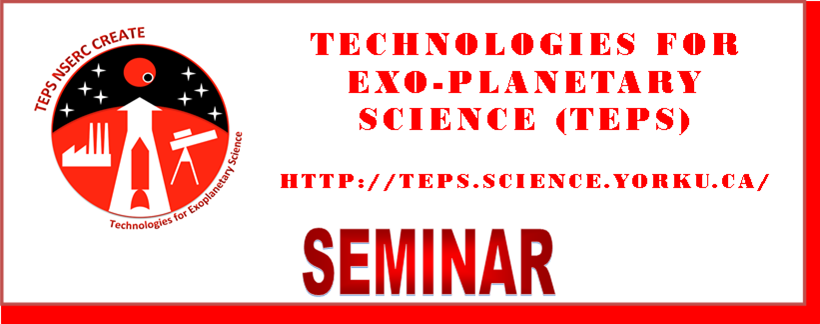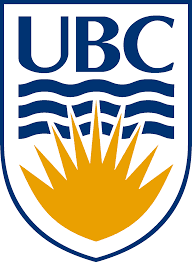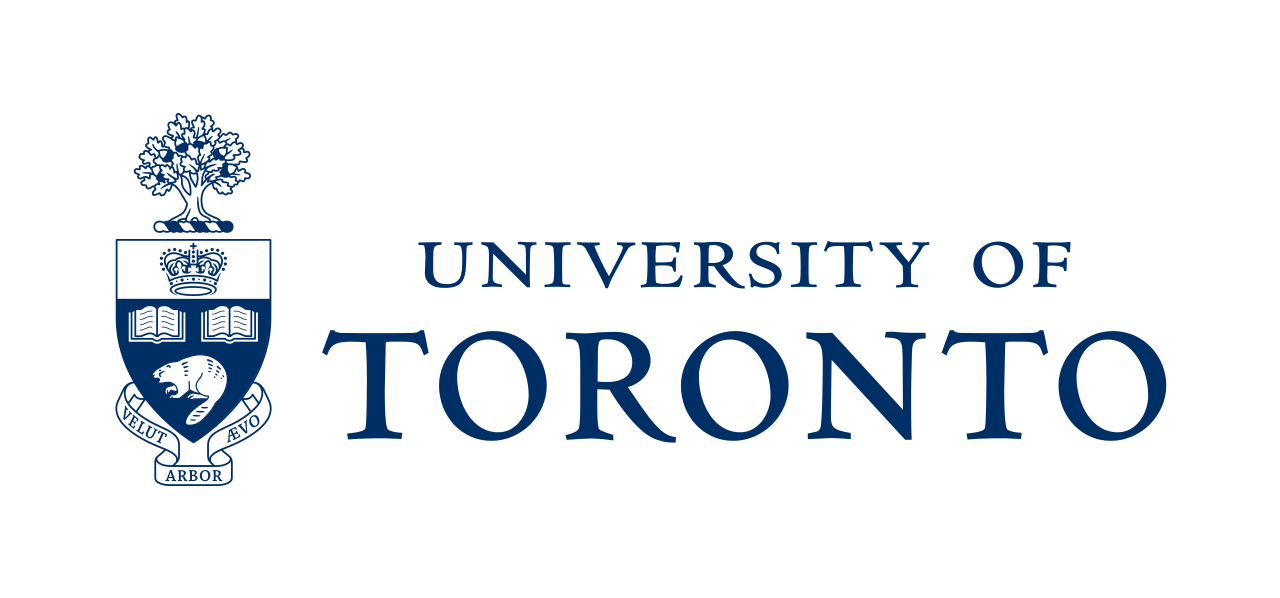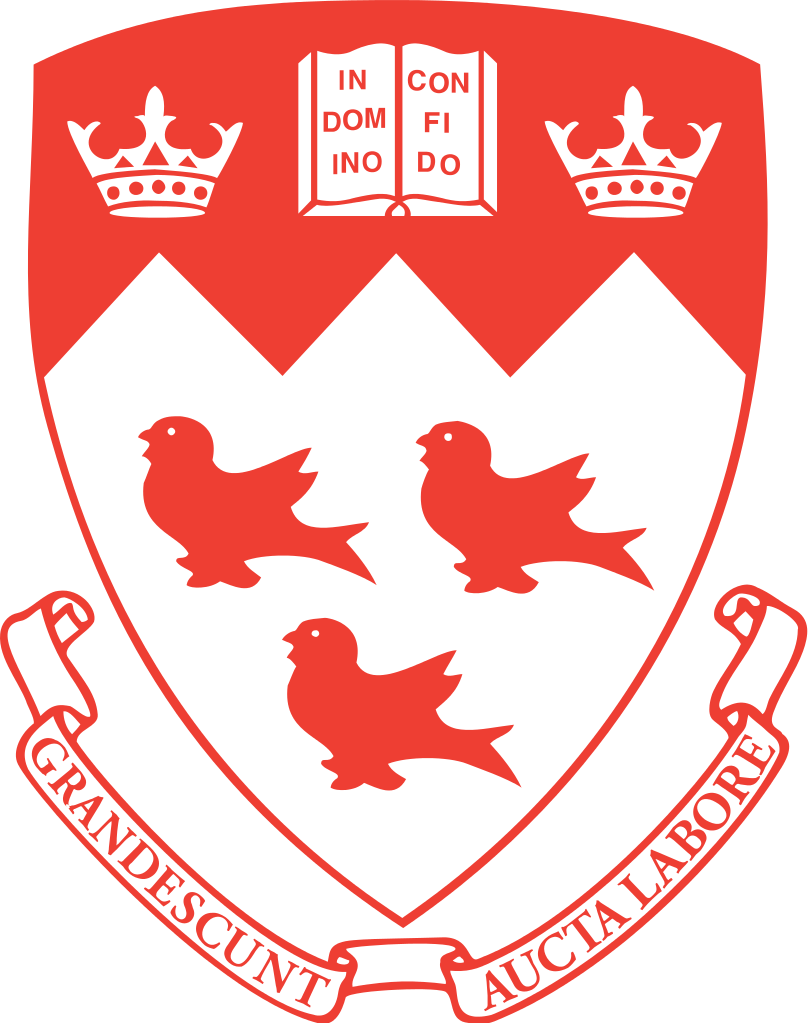
S P E A K E R
Dr. Catherine Neish
University of Western
Ontario Earth Sciences
Abstract:
When the Cassini spacecraft arrived at Titan in 2004, it revealed a varied and active world previously unseen. Unique among the icy satellites, Titan’s surface shows evidence for extensive modification by fluvial and aeolian processes. Erosion likely contributes to the noticeable lack of craters on Titan, complicating age dating of its surface. Indeed, many of the craters that have been identified on Ti-tan’s surface appear to be altered by fluvial erosion, mass wasting, burial by dunes and/or submerg-ence in seas. In this talk, I present our current understanding of the crater population on Titan, and discuss how we are using these celestial scars to quantify the amount and types of erosion occurring on its surface. Understanding erosion on Titan will have implications for our understanding of the evolution of its atmosphere, since the presence of hydrocarbons in the atmosphere is necessary for both fluvial and aeolian landscape modification. The present inventory of methane in Titan’s atmos-phere would be depleted photochemically on timescales of millions of years, so resupply from endo-genic or exogenic sources may be needed to explain the observed amount of erosion.
If you are having problems viewing from Internet Explorer, please copy the website's URL into Google Chrome or Mozilla Firefox.
Please complete the following survey after watching the seminar:
Note: The survey is Mandatory for TEPS trainees!







